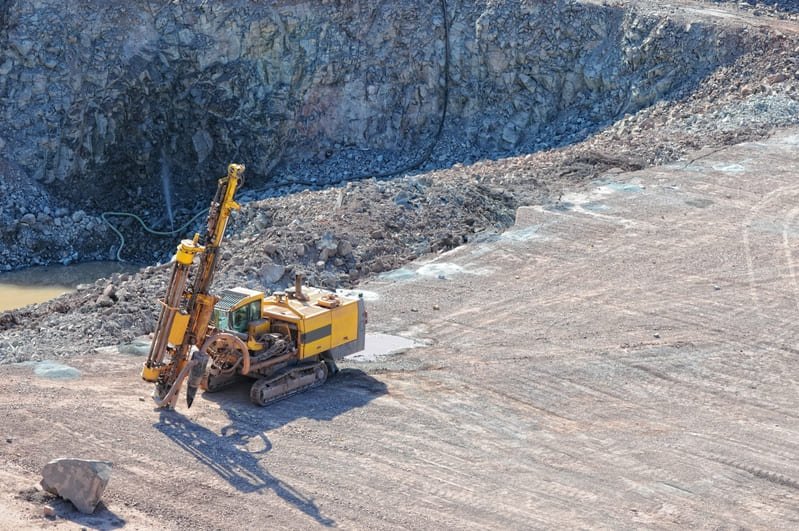Safety drives every successful Down-The-Hole (DTH) drilling project. Attention to safety measures prevents accidents. This focus often distinguishes between smooth work and expensive errors. Mistakes really cost a lot.
Successful DTH drilling depends on six important safety points꞉ dust control, noise management, machinery safety, regular safety training, site safety and equipment stabilization. Each part is really vital for lowering risks and keeping a safe work area.
I recall my first day on a drilling site vividly. Machine noises felt thrilling and scary. I soon understood why it's crucial to know every safety rule well. Dust control, for example, isn't only about keeping air clear. It's about guarding lungs from bad silica dust. Wet drilling can really reduce dust, making air healthier to breathe.
Noise control mattered when I was shouting over the loud drill. Good ear protection became essential. Machinery safety means more than rules; it means respecting the equipment's strength, which we deal with daily. Lockout/tagout protocols and guards aren't just rules. They are life savers.
Safety training sessions seemed repetitive initially, but they kept everyone alert and focused. These sessions remind us to stay sharp. Like keeping a workspace tidy, these drills prepare us for any situation. My team and I practice emergency drills often. Knowing the plan saves lives when every second counts.
A stable drilling rig is crucial. I never want to see rigs tipping due to sloppy ground checks. These moments have shown me that safety isn't just part of the job. Safety truly makes the job possible.
Dust control is not essential in DTH drilling safety.False
Dust control is crucial to protect workers' health and ensure visibility.
Regular safety training enhances DTH drilling operations.True
Training ensures workers are aware of safety protocols, reducing risks.
How Does Dust Control Impact DTH Drilling Safety?
I remember the first time I truly saw how important dust control during DTH drilling was. A colleague suffered a bad cough after a project. A really bad cough.
Dust control during DTH drilling holds great importance for safety. It cuts down risks from breathing in silica particles. Air quality gets better. Meeting safety rules is very crucial. Techniques like water injection help to lower these dangers effectively.
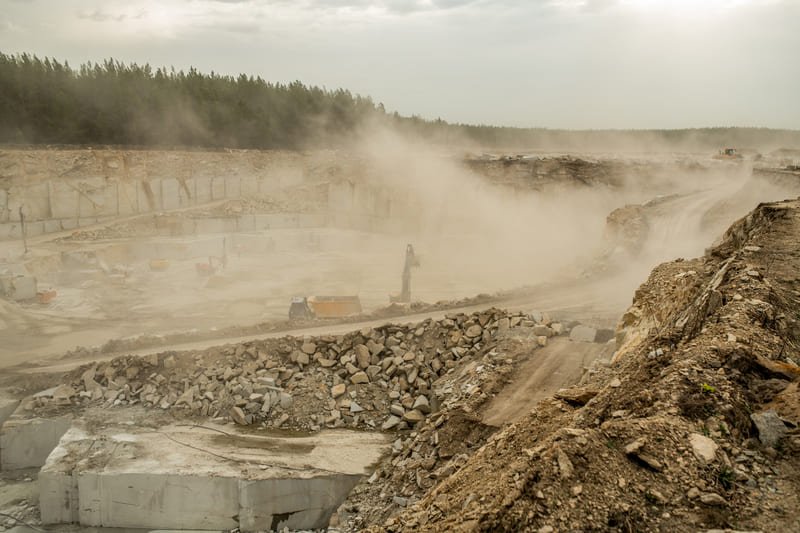
Understanding Dust Hazards in DTH Drilling
Years ago, I saw huge clouds of dust rising from a DTH drilling site. Silica particles filled the air and I realized how dangerous it was for health, like the risk of silicosis hovering over us. It's crucial to protect our lungs and health, not just follow rules.
Ensuring safety begins with recognizing the health implications1 associated with dust exposure. According to studies, high levels of dust can impair respiratory function and increase the risk of lung diseases.
Dust Suppression Techniques
Managing dust control goes beyond daily tasks; it offers peace of mind. Implementing effective dust control strategies involves multiple approaches:
| Method | Benefits |
|---|---|
| Water Injection | Reduces airborne dust, improves visibility |
| Built-in Dust Collectors | Captures dust at the source, enhances air quality |
Water injection really helps by reducing dust and keeping the view clear. Equipment with built-in dust collectors acts as a quiet protector, catching dust before it spreads.
Regulatory Compliance
Ignoring dust control laws results in costly fines and endless paperwork. Compliance with occupational safety standards requires implementing robust dust control measures. Regulatory bodies, such as OSHA, mandate strict guidelines for permissible exposure limits to harmful particulates. Failure to adhere to these standards can result in penalties and increased occupational health risks2.
Technological Advancements
Technology amazes me by constantly changing to improve our safety. Today, some machines use smart systems to check air quality in real-time. These systems provide data analytics to ensure optimal dust suppression and reduce mistakes on site.
Technological innovations have improved the efficiency of dust control in DTH drilling by incorporating smart technologies that monitor air quality in real-time.
Training and Safety Culture
Training regularly becomes a habit for me. Building a safety culture isn't just about following rules; it creates a space where everyone cares for each other.
Training programs should focus on equipment usage, proper maintenance of dust suppression systems, and emergency response procedures. A proactive approach involves educating workers about potential hazards and best practices3 in dust management.
Adding these practices to our DTH drilling work not only keeps us safer but also increases efficiency by minimizing downtime due to health-related incidents. Smarter work is the focus, not simply harder work.
Water injection reduces airborne dust in DTH drilling.True
Water injection moistens the drill site, lowering airborne dust levels.
Ignoring dust control in DTH drilling is not a health risk.False
Lack of dust control can cause respiratory issues and lung diseases.
How Can I Control Noise During Drilling?
Controlling noise during drilling is vital for safety and efficiency. Some practical strategies help reduce noise and ensure everyone's protection.
Use barriers, mufflers and methods that reduce vibrations to control noise during drilling. Regularly check and fix equipment to keep it in good condition. Workers must use hearing protection to stay safe. This is very important. It helps limit noise exposure.

Understanding Noise Sources in Drilling
The first time standing near a drilling operation felt like being at a loud rock concert. Drilling is very noisy. Engines, compressors, and drill bits all create a lot of noise. Identifying noise sources is important; it helps in figuring out the loudest parts. Every component needs assessment to create good noise control methods that work well.
Implementing Noise Barriers
Long ago, on-site, improvised noise barriers came into use. They worked, even if they looked rough. Noise barriers, temporary or permanent, play a vital role. They act like giant ear protectors, absorbing and stopping sound waves. Using things like acoustic curtains or bushes cuts noise pollution greatly and ensures community compliance4.
| Type of Barrier | Materials Used | Effectiveness |
|---|---|---|
| Temporary Walls | Acoustic Curtains | High |
| Permanent Fences | Concrete Blocks | Moderate |
| Natural Vegetation | Dense Shrubs | Low |
Utilizing Mufflers and Silencers
Adding mufflers to exhaust systems was a smart move. These gadgets really help by breaking up sound waves. Advanced silencers can fit compressors and tools to make work environments quieter by turning loud noises into manageable ones. Proper installation is key to maximizing efficiency5.
Vibration Dampening Techniques
Vibrations often increase noise levels. Vibration dampening methods came to the rescue with solutions like rubber mounts or spring isolators that lower noise and help machines last longer by reducing wear.
Enforcing Hearing Protection Policies
Personal protection measures are vital. Providing earplugs or earmuffs is essential—similar to wearing a helmet on a bike; it's crucial to have them. Regular training reminds everyone about their importance and use.
Equipment Maintenance and Upgrades
Routine checks for equipment became standard after noticing how old parts raise noise levels; hence, regular maintenance is crucial for controlling noise effectively. Keeping equipment in good shape keeps noise down and stops sudden failures while upgrading to new quiet machinery brings big improvements.
Employing these strategies not only protects hearing but also follows rules ensuring sustainable operations in various sectors6. Work continues smoothly, avoiding disturbances.
Noise barriers reduce sound transmission effectively.True
Noise barriers absorb sound waves, reducing noise pollution effectively.
Vibration dampening does not enhance machinery lifespan.False
Dampening reduces wear and tear, thus enhancing machinery lifespan.
Why Is Machinery Safety Crucial in DTH Operations?
Imagine this꞉ I stand on a busy construction site, with machines buzzing and the smell of fresh soil in the air. It becomes clear how crucial safety is during DTH work.
Machinery safety in DTH operations is very important. Handling heavy equipment holds many risks. Comprehensive safety rules reduce accidents. These rules protect the team. Operations need to run smoothly. Safety measures are key. Safety is truly essential.
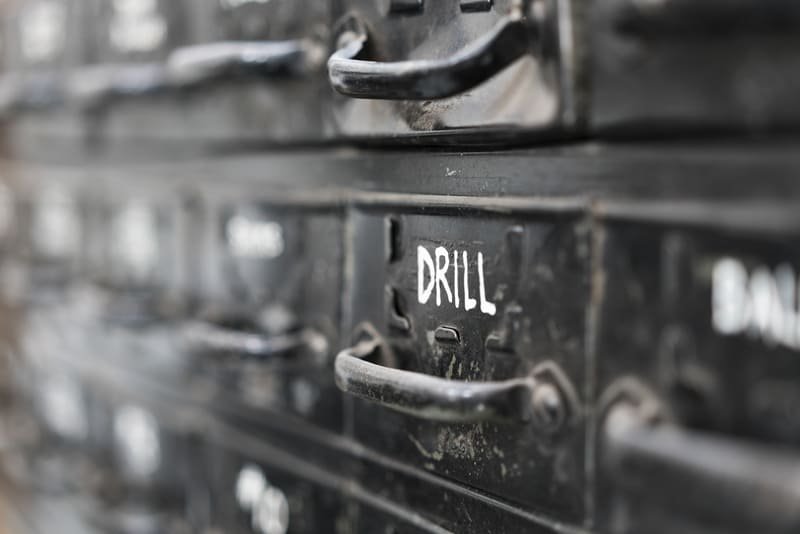
Understanding the Risks Involved
When I use heavy machines in DTH operations7, it feels like handling a double-edged sword. Machines are essential for the job; however, they come with dangers like breakdowns, human errors, and even environmental threats. Imagine the heavy responsibility knowing any mistake might lead to serious injuries or worse. I consider it very important to know these risks well as a basic step towards implementing effective safety measures.
Key Safety Measures
- Lockout/Tagout Procedures: I learned these steps save lives. They ensure machines are fully off and not restarted during work or fixing, preventing accidents.
- Machine Guarding: I never compromise on using guards and barriers. They protect my team from moving parts and flying debris, keeping everyone safe.
| Safety Measure | Description |
|---|---|
| Lockout/Tagout | Prevents accidental machine start-up |
| Machine Guarding | Protects workers from moving parts |
Importance of Regular Maintenance
During DTH drilling operations8, it's easy to forget maintenance. But regular check-ups prevent many problems by identifying issues before they grow into significant troubles. It really keeps machinery safe and operational, which is an important part of my work routine.
Training and Education
I saw how essential thorough training is for my team. We cover everything from proper machine handling techniques, emergency procedures, to using personal protective equipment (PPE) correctly. Continuous training keeps us alert and updated with the latest safety protocols and technological advancements. It’s very important.
Real-World Examples
Looking back on past projects, I remember how companies with strict safety rules had fewer workplace incidents9. Using advanced monitoring systems to spot dangers in real-time significantly reduced incident rates, turning safety from a mere checklist item into a core part of our culture.
By integrating these ideas, I helped create a safer work environment in DTH operations. It’s not just about reducing risks but also about improving productivity through effective machine safety methods.
Lockout/Tagout prevents accidental machine start-up.True
Lockout/Tagout is a procedure that ensures machines are shut off during maintenance.
Regular maintenance checks are optional in DTH operations.False
Regular maintenance is critical for identifying potential issues before they escalate.
How Does Regular Safety Training Enhance Drilling Outcomes?
Ever thought about how a few training sessions change drilling operations? I have, especially after seeing the big impact of regular safety lessons on work output and team spirit.
Regular safety training really improves drilling results. This happens because it reduces accidents and increases efficiency in operations. A safety-first culture develops through this training. It provides teams with essential skills. Training reduces disruptions in work. It also helps to increase productivity.
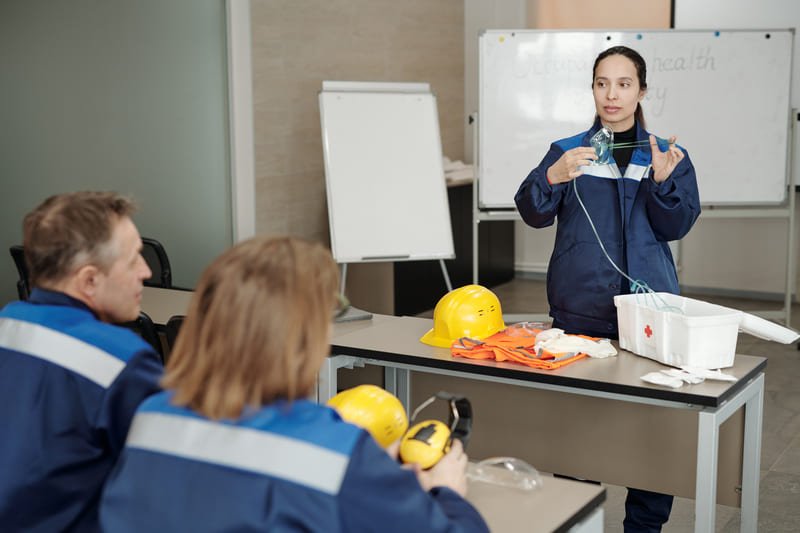
Reducing Accidents Through Training
A colleague once dodged a serious accident because he remembered a drill from a week earlier. This made me realize that safety trainings really save lives. Workers who train regularly handle equipment safely, spot risks, and execute emergency steps well. Consider lockout/tagout procedures10. They stop machines from starting accidentally during maintenance, reducing injury risks significantly.
Data show that companies with regular drills have up to 40% fewer work incidents than those who skip these programs. Training on silica exposure11 and using protective gear is crucial for health safety.
| Key Training Elements | Benefits |
|---|---|
| Equipment Handling | Reduces mishandling accidents |
| Hazard Recognition | Prevents exposure to harmful conditions |
| Emergency Protocols | Ensures quick response to incidents |
Improving Operational Efficiency
Besides safety, such programs really improve efficiency. I saw a team, after a machine safety session, handle equipment with great precision. This cut downtime and increased productivity. Techniques like dust control measures12 enhance drilling processes significantly. Managing silica dust through wet drilling reduces equipment wear, making operations smoother.
Learning about ergonomics and posture also helped many reduce fatigue. Performance stays high even during long shifts.
Building a Safety Culture
Ongoing training builds a safety-first attitude in an organization. Safety becomes a shared duty. Structured programs encourage workers to voice concerns and suggest better ways. This proactive attitude sometimes creates innovative solutions. For instance, feedback during sessions led to sound barriers13 in noisy areas.
Talking about keeping workspaces clear and practicing emergency protocols helps make safety instinctive. It’s not just about preparing for emergencies but about making safety an intrinsic part of our operations.
Regular safety training reduces accidents by 40%.True
Studies show companies with frequent safety drills report 40% fewer incidents.
Safety training has no impact on operational efficiency.False
Training boosts efficiency by enabling effective equipment operation, reducing downtime.
What are the essential safety measures for a construction site?
Picture yourself walking onto a building site where all safety measures are present to keep everyone safe - this is not merely a dream; it's a need.
Site safety involves controlling dust and noise. Safety rules for machinery need following. Training happens regularly to keep everyone prepared. Work areas should stay tidy. Emergency plans are crucial. Equipment stabilization is important. These actions keep workers safe and accidents at bay. Safety laws exist to protect everyone.
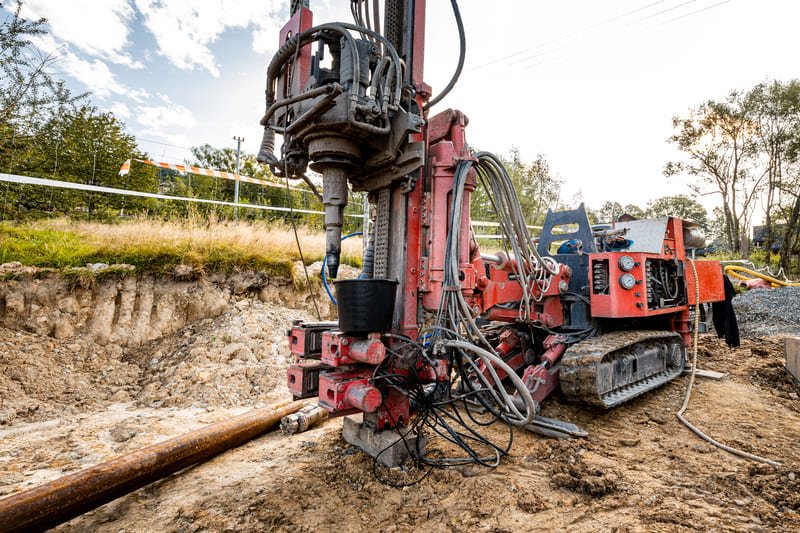
Dust and Noise Control
I remember the first time I stepped onto a busy construction site. The loud noise and thick dust were shocking. It soon became obvious how important it is to control these problems. Dust from drilling is more than just annoying - it’s a real danger to our breathing. Utilizing dust suppression systems and wet drilling methods can effectively keep everyone safe.
Meanwhile, noise should not be ignored. Implement sound barriers and provide proper ear protection14 to reduce these risks, showing care for long-term hearing.
| Control Measure | Implementation |
|---|---|
| Dust Control | Water injection, dust suppression systems |
| Noise Control | Ear protection, sound barriers |
Machinery Safety Protocols
With machinery, being very careful is necessary. Lockout/tagout procedures have kept us safe from many dangerous situations by avoiding unintended startups. Guards and rails are important for protecting workers from moving parts. Ensuring electrical surge protection is also necessary to prevent unexpected power fluctuations.
These machinery safety protocols15 might seem small, but they stop accidents from happening and matter a lot.
Regular Safety Training
Regular training is very important; it’s more than just following rules—it’s about creating a safety culture. Sessions cover equipment use, proper posture, and footing. Keeping the team aware of the latest safety practices helps me rest easy.
Conduct ongoing training programs that ensure workers are informed about the latest safety practices and technologies, fostering a culture of safety on-site.
Clear Work Areas and Emergency Readiness
A clean workspace is a safe place—I believe in that strongly. Clearing paths of debris and unnecessary tools greatly lowers the chance of trips and falls.
Emergencies are unexpected; thus, evacuation plans and first aid must be ready. Regular drills may seem tedious but are crucial as they ensure everyone knows what to do in critical moments.
Stabilization of Equipment
I have learned to deeply respect stable equipment. Before any job starts, machines must be on firm ground and secured properly.
Assessing ground conditions before setup can prevent potential mishaps due to unstable surfaces.
Simple precautions like these play a huge role in ensuring safety.
Learn more about equipment stabilization techniques16.
These safety steps protect workers and keep projects running smoothly by minimizing disruptions caused by accidents or injuries. The goal is to create a workplace where everyone feels important and safe.
Dust suppression systems reduce respiratory issues.True
Dust suppression systems minimize airborne particles, reducing inhalation risks.
Regular safety training is optional on construction sites.False
Regular safety training is essential for maintaining safety awareness and compliance.
How Do You Ensure Proper Equipment Stabilization?
I still recall my first experience watching a crane topple because of weak support. It was an unforgettable scene. This moment showed me how crucial it is to stabilize cranes correctly.
I always begin by checking the site conditions for proper equipment stabilization. Choosing the correct stabilizers is essential. Regular maintenance is a priority. Everyone involved receives good training. I watch the process closely to prevent mishaps. Always.
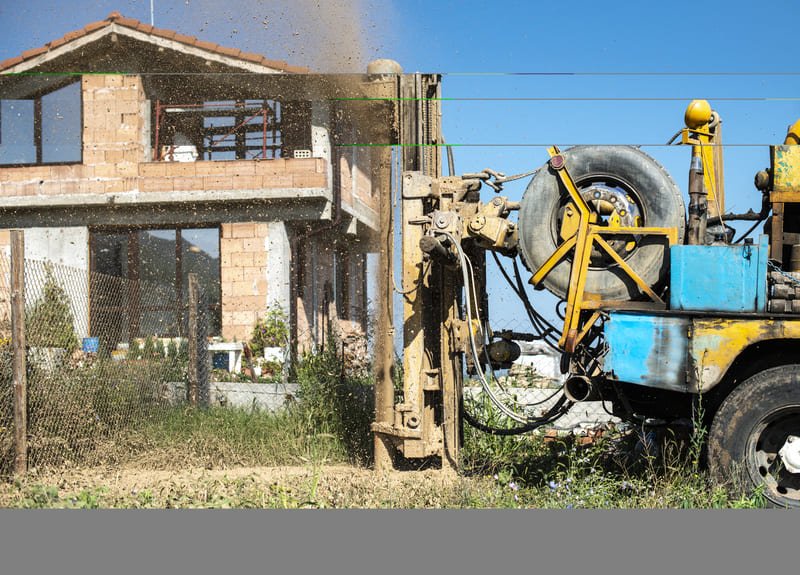
Assess Site Conditions
Before setting up equipment, I carefully observe the site. On one occasion, we dealt with a construction site where the soil was very sandy. I quickly learned how water levels and slopes affect stability. In such situations, compacting the ground or adding gravel helps a lot. Compacting the ground17 really helps.
Utilize Appropriate Stabilizers
Stabilizers differ based on equipment type. Cranes rely on outriggers and counterweights. They expand the base, giving a secure feeling. Smaller machines use weighted bases or pads to distribute weight.
| Equipment Type | Suggested Stabilizers |
|---|---|
| Cranes | Outriggers, counterweights |
| Smaller Machines | Weighted bases, pads |
Weighted bases are vital.
Regular Maintenance
Maintenance is crucial for me. Once, a hydraulic leak in an outrigger nearly delayed us by days. Since then, I strictly follow maintenance schedules to catch issues early. Sticking to schedules is important.
Training and Monitoring
Training is essential. Informed operators truly matter. Monitoring systems alert us to stability problems. Real-time alerts prevent disasters.
Proper training really matters.
Use Technology for Stabilization
I'm a fan of GPS-based monitoring. Real-time data keeps everything stable. These systems reveal hidden hazards.
GPS data18 is invaluable.
For further exploration, check out GPS-based stabilization systems19 and how they improve equipment safety in modern industries.
Implement Safety Protocols
Safety protocols are my protective measures. Lockout/tagout stops accidental operations during maintenance. They preserve stabilization efforts, ensuring everything remains secure when not in use.
Safety protocols prevent accidents.
By following these methods, I have greatly improved equipment stabilization, reducing risks of tipping or operational failures. It’s very much about understanding how equipment design and site conditions combine to keep tasks steady.
Loose soil requires additional stabilization measures.True
Loose or sandy soils can cause instability, needing compacting or gravel bases.
Regular maintenance is optional for stabilizers.False
Routine maintenance is essential to ensure stabilizers function correctly and safely.
Conclusion
Effective DTH drilling safety hinges on six key considerations: dust control, noise management, machinery safety, regular training, site safety, and equipment stabilization to minimize risks and enhance productivity.
-
Explore how silica dust affects respiratory health and the importance of managing exposure in drilling environments. ↩
-
Learn about OSHA's guidelines for dust exposure to ensure compliance and protect worker health. ↩
-
Gain insights into effective strategies for managing dust in industrial settings to enhance safety. ↩
-
Ensures drilling operations do not disturb surrounding communities, maintaining good relations. ↩
-
Provides detailed methods to effectively reduce engine and compressor noise. ↩
-
Offers insight into legal requirements and best practices across different industries. ↩
-
Learn about DTH operations to understand their unique safety challenges and requirements. ↩
-
Discover recommended maintenance schedules to keep machinery safe and operational. ↩
-
Explore successful case studies that highlight the impact of improved safety measures. ↩
-
Understanding these procedures helps prevent machinery-related injuries. ↩
-
Learn about health risks associated with silica dust and protective measures. ↩
-
Discover techniques for minimizing dust emissions and equipment wear. ↩
-
Explore how sound barriers can improve noise control in drilling areas. ↩
-
Explore why hearing protection is crucial in construction to prevent long-term hearing damage from high decibel environments. ↩
-
Discover essential machinery safety protocols to prevent accidents and ensure smooth operation of construction equipment. ↩
-
Find effective methods to stabilize heavy equipment on-site, ensuring safety and preventing operational hazards. ↩
-
Gravel bases can enhance stability by providing a firm foundation on uneven or loose soil. ↩
-
GPS systems offer real-time data to improve safety and prevent tipping in large machinery. ↩
-
GPS systems offer real-time data to improve safety and prevent tipping in large machinery. ↩

